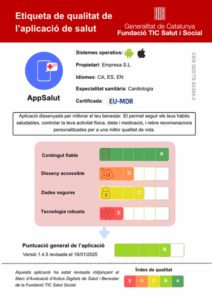The Peregrine module, which departed for the Moon this Monday after more than 50 years since the last U.S. moon landing, only has fuel for less than two days, which will not allow it to reach its planned destination by February 23, as reported by the company Astrobotic responsible for the spacecraft.
The Peregrine Mission One (PM1) was successfully launched on the new and powerful Vulcan Centaur rocket by United Launch Alliance (ULA) from the Cape Canaveral Space Force Station in Florida (USA) but within hours it began to lose power.
Although engineers had managed to reorient the module’s panels towards the Sun for energy supply and had regained communication with the spacecraft, they evidenced “a critical loss of fuel,” Astrobotic stated in an update on the mission.
“If the thrusters can continue to function, we believe the spacecraft could maintain a stable orientation state for approximately another 40 hours based on the current fuel consumption,” the Pittsburgh-based company elaborated.
Faced with the new situation, Astrobotic said that the new goal is to get the Peregrine module “as close as possible” to the Moon before it loses power.
The module was facing a 46-day journey to reach the lunar surface and become the first U.S. spacecraft to land on the Moon since 1972.
Peregrine carries scientific instruments from NASA as part of its Commercial Lunar Payload Services (CLPS) initiative aimed at studying the lunar exosphere (outer layer), the thermal properties of lunar regolith (the layer of unconsolidated materials resting on solid rock), the abundance of hydrogen in the landing site soil, and monitoring radiation environment.
The research missions, including one Mexican, will also help better understand planetary processes and evolution, search for evidence of water and other resources, and support sustainable long-term human exploration.
In this regard, NASA assured this Monday that, despite the “setback” of the lunar module, it has “more tools to explore space.”
NASA administrator Bill Nelson highlighted on social media the “success” of this week’s new Vulcan Centaur rocket. He added that Astrobotic is “making progress” for deliveries as part of the CLPS initiative and the Artemis program to return to the Moon.
Astrobotic is working with the U.S. space agency “to determine the impact of the five agency science investigations on board the Peregrine spacecraft.”
The Peregrine module also carried a rock fragment from Mount Everest, as well as the ashes and DNA of space enthusiasts such as Star Trek creator Gene Roddenberry.
Referrer: MiMub in Spanish











